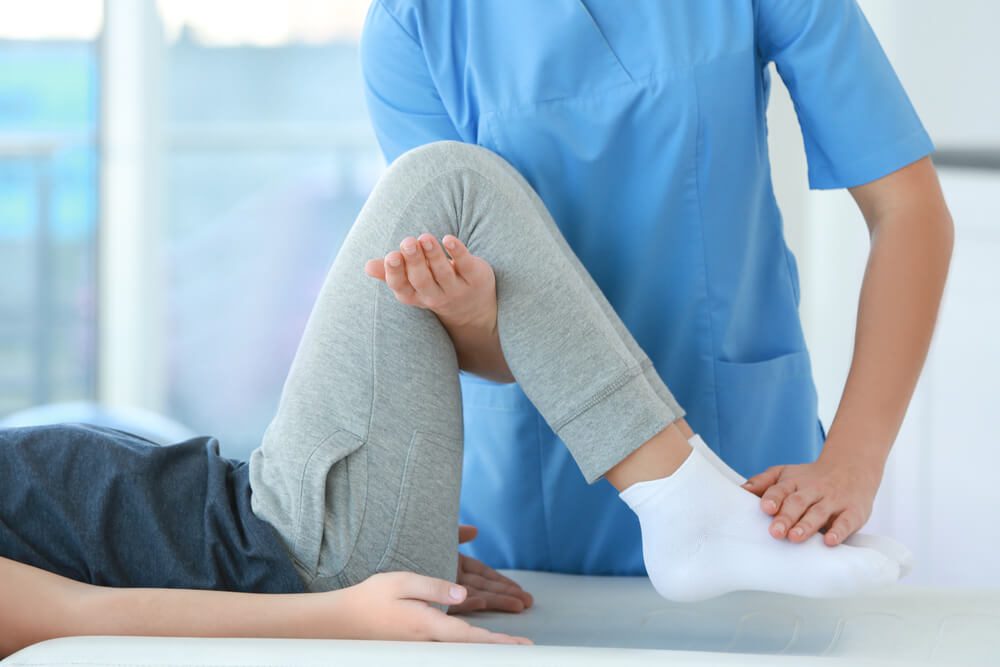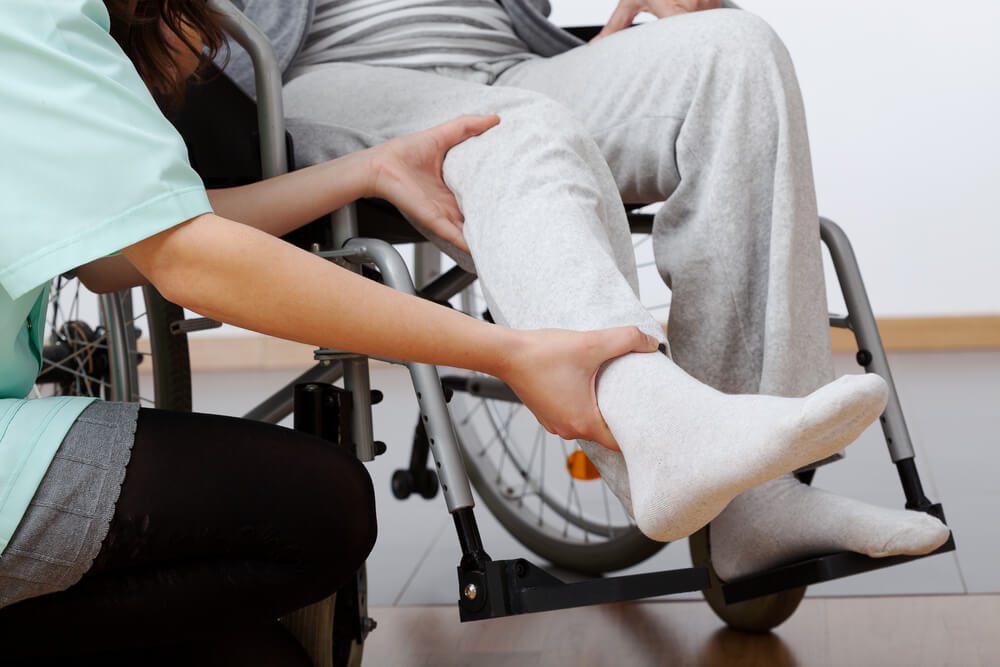Musculoskeletal
Muscle weakness can cause several complications for individuals with spinal muscular atrophy (SMA). These complications are referred to as orthopedic or musculoskeletal issues.
Quick Links
Musculoskeletal Considerations
Individuals with SMA can be classified by function including “non-sitters,” “sitters,” “standers,” or “walkers” based on the highest physical milestone achieved. This classification helps create a proactive plan to identify which complications pose the greatest risk to the functional well-being of an individual, choose the right preventative measures, or determine the best course of treatment if complications do occur.
Common Musculoskeletal Issues
Musculoskeletal issues can cause pain as well as difficulty sitting, standing, or performing normal daily activities.
These issues may include:
- Contractures, which limit the range of motion in a joint
- Bone fractures
- Hip dislocation
- Spinal deformities, such as scoliosis and kyphosis, or a combination of the two
Spinal deformities can lead to excessive pressure on hips and buttocks, causing skin breakdown. Scoliosis can also impair lung function by restricting motion of the chest and diaphragm during breathing. Spinal deformity can be treated through modification of the wheelchair seating system and use of braces. If severe, doctors may recommend surgery to help straighten the spine and chest.
Musculoskeletal Care Team
As with all medical issues in SMA, decisions on treatment of musculoskeletal problems should be made with an interdisciplinary healthcare team, who can evaluate all aspects of the situation. Often, the musculoskeletal team for an individual with SMA will include:
- Occupational Therapists (OT) work primarily with the arms and hands, focusing on activities like feeding, dressing, and other skills. They may recommend or make splints and teach exercises to maintain range of motion and improve function. They may recommend equipment to help with skills and activities
- Physical Therapists (PT) work primarily with the legs and feet. They focus on mobility. They may recommend orthotics (or braces) and teach exercises to maintain range of motion and improve function. They may recommend equipment such as special seats, strollers, and wheelchairs
- Orthotists focus on making and adjusting orthotics (braces)
- Orthopedic Surgeons For conditions like hip instability or spinal deformity that don’t respond to non-surgical treatment, an orthopedic surgeon may be brought in to evaluate and consider surgery
- Physical Medicine and Rehabilitation (PMR) Also known as physiatry or rehabilitation medicine, PMR aims to enhance and restore functional ability and quality of life


At-Home Musculoskeletal Care
The musculoskeletal team may prescribe activities that can be done at the therapist’s office, at home, or both. This includes:
- Exercises to improve or maintain joint range of motion
- Use of equipment for SMA, such as braces or a stander
- Supplemental calcium and vitamin D as part of nutrition plan to help with bone density
Musculoskeletal Equipment
Individuals with SMA often require a range of specialized medical equipment. This equipment can be used to increase mobility, provide support and strength, or to assist with activities of daily living that individuals with SMA may not be able to do alone because of their limited strength and mobility. The following is a list of equipment that has proven beneficial for people with SMA.
Please note, this is not a comprehensive list, and you or your child may not benefit from all of the items described here. In addition, this list is not a substitute for professional, personalized advice from a physician or other qualified healthcare provider. Be sure to speak with your healthcare team and insurance company before making any decisions on medical equipment.
Helpful Equipment
Equipment Support
Please visit our equipment pool page to find out which of these items may be available through Cure SMA and to submit an equipment pool request.



